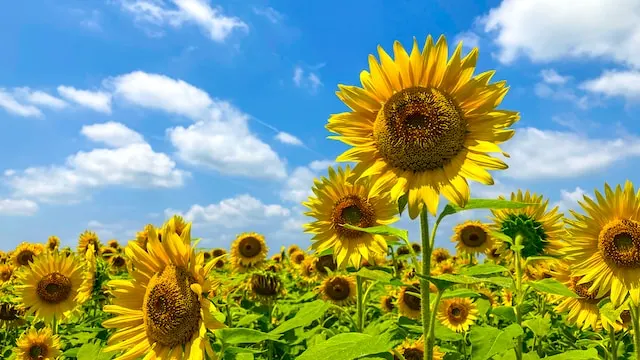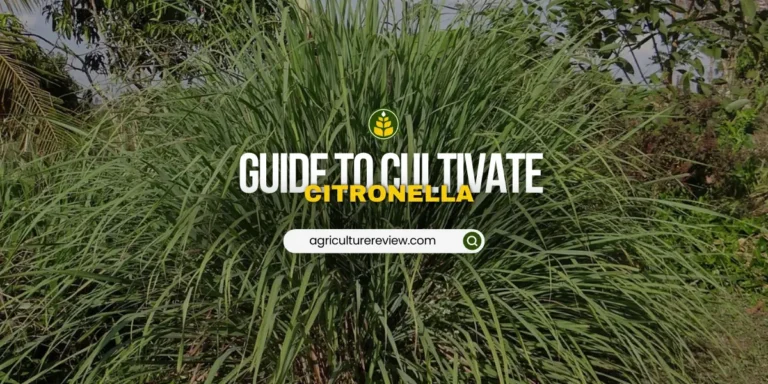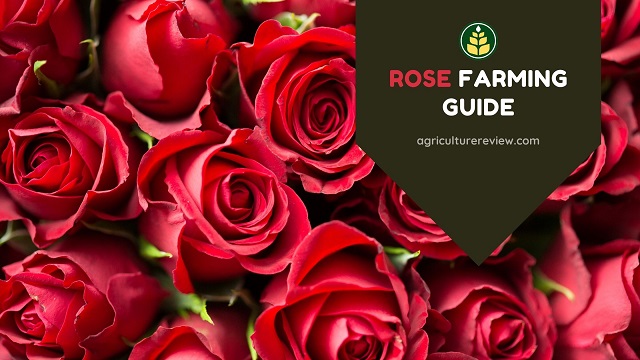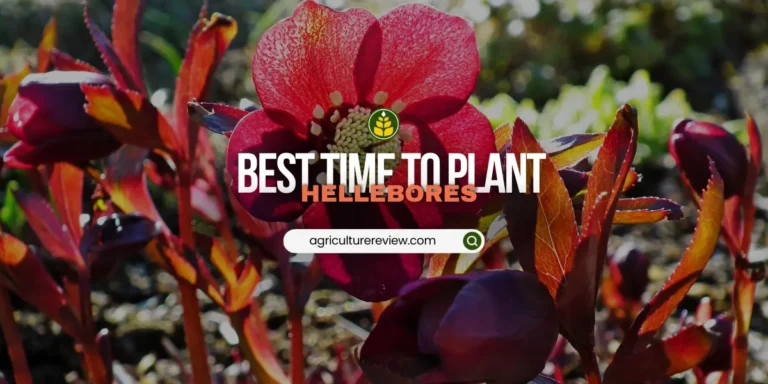Nature’s floral kingdom never ceases to amaze us with its diverse & breathtaking creations. From delicate blossoms that fit snugly in the palm of our hand to magnificent giants that seem to defy the limits of imagination, the world of flowers holds an array of surprises.
In this article, we embark on a fascinating journey to discover the top ten biggest flowers our planet has to offer. Get ready to be awestruck by these colossal botanical wonders that showcase the extraordinary beauty and diversity of nature.
Biggest or Largest Flower In The World
- Stinking corpse lily (Rafflesia arnoldii): It is the world’s biggest individual flower that can grow up to 3 feet in diameter. It has deep red petals with whitish spots, emitting a pungent odor which is similar to rotting flesh. Despite its odor, the Rafflesia arnoldii plays a crucial role in its ecosystem as it attracts pollinators such as flies and carrion beetles.
It is native to the rainforests of Southeast Asia, particularly Indonesia, Malaysia & the Philippines.
- Titan Arum (Amorphophallus titanum): It is also known as the “corpse flower”and is popular for its immense size. Flower can grow up to 10 to 12 feet tall & is of deep maroon colour. It makes it the world’s second biggest flower. Native to rainforests of Sumatra, Indonesia, the Titan Arum has gathered global attention due to its rare & infrequent flowering events.
- Talipot Palm (Corypha umbraculifera): : It produces an amazing inflorescence that emerges from the center of the crown. This inflorescence can reach impressive dimensions, with a height of up to 25 feet. It is composed of thousands of small flowers densely packed together.
The Talipot Palm is native to the tropical regions of South India & Sri Lanka. It thrives in hot and humid climates, often found in lowland areas and rainforests. Culturally, it plays a role in religious ceremonies & festivals. Its large leaves are traditionally used for shelter, as writing surfaces, and for making umbrellas, fans and other handicrafts.
- Queen Of The Andes (Puya raimondii): Commonly known as Queen of the Andes, is a magnificent flowering plant native to the high-altitude regions of the Andes Mountains in South America. The plant forms a massive rosette of long, spiky leaves that can span up to 10 feet in diameter & has a tall inflorescence that can reach heights of up to 26 feet.
- Giant Water Lily (Victoria amazonica): Flowers of giant water lily are white in colour and open during the night. They emit a delightful fragrance to attract pollinators. Flowers can reach a diameter of around 12 to 15 inches & are composed of numerous petals arranged in a symmetrical pattern.
They are native to the Amazon River basin in South America, predominantly found in countries such as Brazil and Peru. It thrives in freshwater environments, particularly in calm and shallow waters.
- Lotus (Nelumbo nucifera): The sacred lotus is a large aquatic plant with flowers that can have a diameter of about 8-12 inches. Symbolically, the lotus represents purity, enlightenment & spiritual growth. It is deeply rooted in many cultures, particularly in Eastern religions like Buddhism and Hinduism, where it is often associated with divine beauty and enlightenment.
- Sunflower (Helianthus annuus): Sunflowers are well-known for their large, yellow flower heads. The diameter of a fully grown sunflower can range from 8 to 24 inches. The flower heads are composed of hundreds or even thousands of individual florets, which are small, yellow petals surrounding a central disk of dark brown or black seeds. Sunflowers are heliotropic, meaning they track the movement of the sun, turning their heads to face the sun throughout the day.
- Tree Peony (Paeonia ostii): It is a stunning flowering plant renowned for its large, showy blooms and woody stems. Tree peonies produce impressive flowers which come in shades of pink, red, white, and yellow that can reach a diameter of up to 10 inches.
They orginated in China, where they have been cultivated for centuries & symbolize prosperity, honor and beauty.
- African Lily (Agapanthus africanus): It produces large spherical clusters of flowers that can reach a diameter of up to six inches. They are native to the southern regions of Africa, particularly South Africa. It thrives in a variety of habitats, including grasslands, rocky slopes, and coastal areas. The plant has gained popularity worldwide and is cultivated in gardens and landscapes in many countries with suitable climates.
- Hibiscus: These plants are known for their vibrant and attractive flowers, which come in a variety of colors such as red, pink, yellow, orange, and white. The flowers of hibiscus are large, typically measuring 4 to 8 inches in diameter and have a trumpet-like shape with five or more petals.















